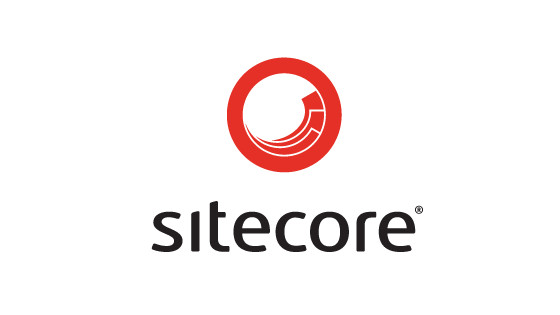Sitecore 9 has been out for a little while and with it comes a host of new features. In this guide, you will learn more about these features.
Sitecore Installation Framework
The first biggest noticeable change in Sitecore 9 is that the SIM and the Sitecore installer has been deprecated. Personally, I was never a fan of having to install Sitecore using an installer, so I think this is a great step forward. In the new world, Sitecore is installed completely through PowerShell. The reason for this is that Sitecore 9 has been released with a more cloud-focused mindset. You can use the same PowerShell scripts to install Sitecore in Azure.
At first, the Sitecore installation might look a little daunting, don't worry, it's pretty painless. There are loads of great articles that will talk you through it. If you don't believe me, check out How To Install Solr and How To Install Sitecore 9. Personally, I'd have liked to be able to install Sitecore via Nuget, probably as that's how most other .NET CMS systems work, however, SIF worked surprisingly well, so thumbs-up!
xConnect
The Experience Database (xDB) was first introduced in Sitecore 7 to help provide real-time monitoring within Sitecore. xDB used MongoDB to track real-time analytics on your website. Marketers love this, and I've worked on Sitecore projects where this was the main selling feature.
xDB was a good step forward, however, it had two main limitations. Adding data from external systems wasn't that nice. Also, the APIs were web-based, so you needed to work within a Sitecore context, rather than being able to work directly with an API.
xConnect addresses these issues. xConnect, is a web API service layer that sits on top of xDB. This makes it a lot easier to insert/read data from xDB to be used with Sitecore or any external systems. If you want to export your xDB data into a data warehouse to perform business intelligence on it, Sitecore 9 will make your life easier.
Cortex
Cortex allows you to add machine learning into your Sitecore site. In simple terms, Sitecore can learn from the data it collects and then applies automated personalization to decide what content will have the most likely chance of converting a sale.
Cortex sounds really cool moving forward. I'll hold my hands up and admit I haven't used this feature yet, but this definitely sounds like it will save time. I've worked on projects where the aim was to improve conversation. Trying to figure out what components needed to be tested and then setting up some tests and waiting to get statistical significance took ages to figure! If cortex can save me some time and provide better results, I'm in!
JSS (JavascriptsServices)
I'll write a detailed tutorial specifically on this shortly. Sitecore 9 now provides a headless API. This means your pages can be accessed via AJAX using JSON. If you want to create an app say all in react without any server-side rendering, you now can! You could write your whole site using react, redux and firebase if you really wanted to and use the headless API to get all the content from it. As more and more sites are becoming Javascript heavy, this feature is pretty cool.
Other Notable Bits
Dynamic Placeholders: Previously, all Sitecore placeholders on a page had to be unique. If you wanted multiple placeholders, you would need to copy and paste the placeholder code and give each instance a unique seed number. With dynamic placeholders, you can get Sitecore to do this for you using very simple commands, saving you time and removing unneeded duplication from HTML.
Improved GDPR support: You can now set personally identifiable information (PII) flags on contact fields. You can also set 'Right to be forgotten' to anonymize data.
Conclusion
I think you agree, Sitecore 9 definitely has some nice cool features. I'm very interested to try out the JSS which I'll be writing about soon. Getting rid of the old installer is also another really good step forward. Upgrading Sitecore isn't the most fun experience in the world. If you're thinking of making your site more JS heavy, or moving to the cloud, then it's definitely worth considering.
